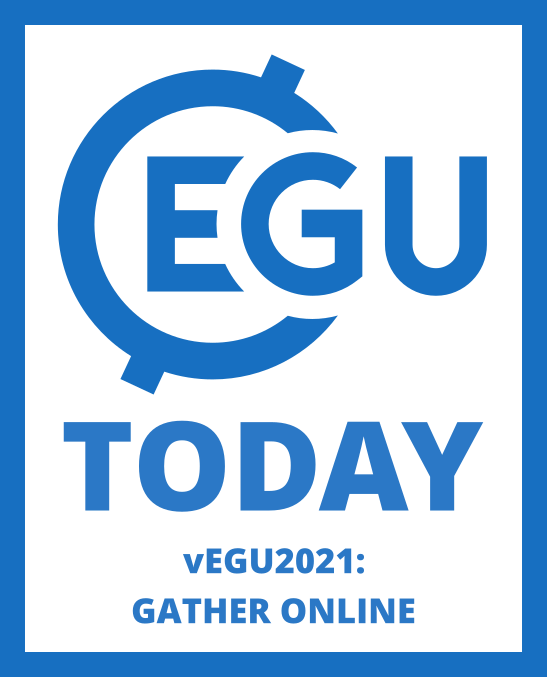
Highlights at a glance
- 09:00 – AS3.17: Dynamics and chemistry of the upper troposphere and stratosphere
- 11:00 – ST1.5: Turbulence and Waves in Space Plasmas
- 11:45 – BG2.6: Reconstruction of past ecosystems using sedimentary ancient DNA
- 11:45 – CL1.9: Glacial/Interglacial variability over the last 1.5 Myr.
- 12:30 – DM4: Division meeting for Cryospheric Sciences (CR)
- 13:30 – PS5.1: Ice Giant System Exploration
- 13:30 – GMPV9.1: Multi-disciplinary volcano monitoring and imaging with networks
- 15:30 – HS4.1: Flash floods and rainfall induced hydro-geomorphic hazards: from observation to forecasting and warning
- 16:15 – ESSI4.2: Innovations in Scientific Data Visualization
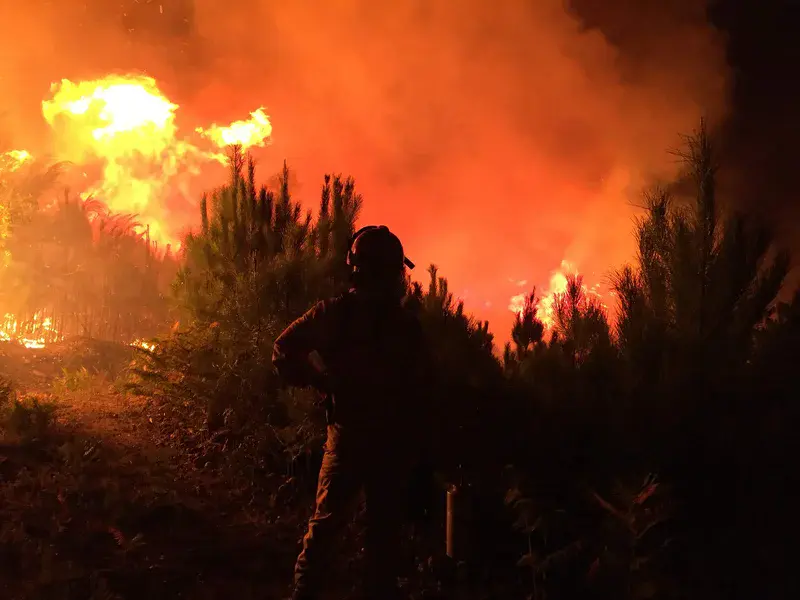
Managing wildfires in a changing world
Wildfires are a global phenomenon responsible for tremendous environmental, social, and economic losses. Wildfires are also becoming a persistent threat. An increase in fire because of a warmer and drier climate demands novel tools for integrated post-fire land management and impact mitigation from the scientific community. Researchers, stakeholders, and decision-makers all over the world need to work together since wildfire impacts on soils and ecosystems also severely affects ecosystem services supplies, such as raw material and water provisioning, carbon storage, erosion and flood control, and habitat support, which are essential for human life. This session invites all who study the effects of wildfires on ecosystems, from wildfire prevention to post-fire mitigation by means of laboratory, field experiments, and/or numerical modeling.
SSS9.6: 13:30–17:00
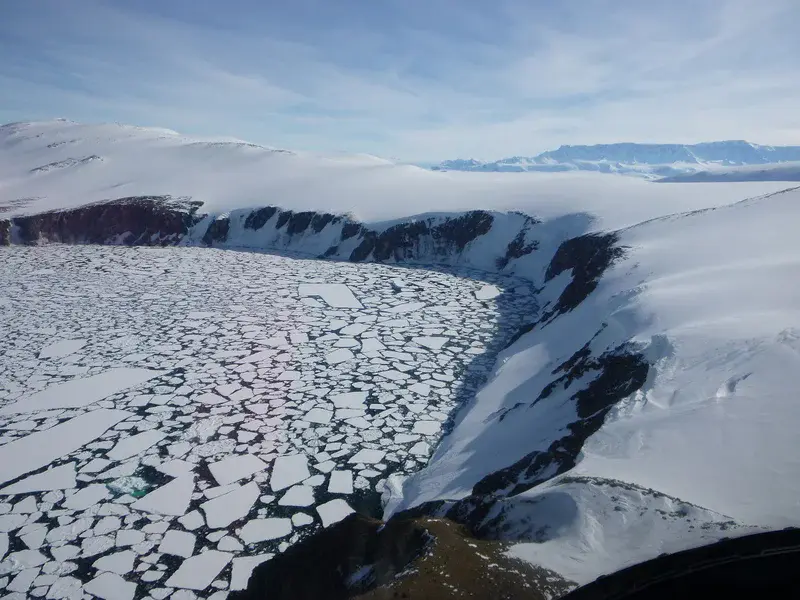
Under cover: The Southern Ocean’s connection to sea ice and ice shelves
In recent years the interaction between the ocean and the cryosphere in the Southern Ocean has become a major focus in climate research. Antarctic climate change has captured public attention, which has spawned many research questions. Recent advances in observational technology, data coverage, and modeling provide scientists with a better understanding of the mechanisms involving ice-ocean interactions in the far South. This session presents studies on physical and biogeochemical interactions between ice shelves, sea ice, and the ocean, including cross-disciplinary topics involving physical and biological oceanography, glaciology and biogeochemistry.
OS1.7: 9:00–10:30
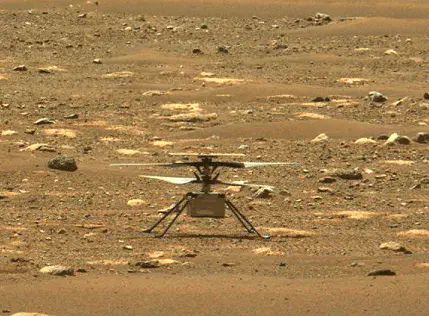
Future missions and instrumentation
Scientists from around the world, along with private industry partners, are advancing exploration with a number of anticipated missions to the Moon, Mars, and other solar system bodies. Each mission has unique goals that call for strategically selected instruments to accommodate a diverse set of platforms, including rovers, orbiters, and human explorers. This session presents research on future planetary missions and instruments, including those in development, to share latest progress, discuss preflight scientific results, and increase awareness for potential cooperation.
PS6.2: 9:00–10:30
Exploration, utilization and monitoring of conventional and unconventional geothermal resources
With an increasing demand for low-carbon energy solutions, the need of geothermal resources is accelerating. Geothermal energy can be extracted from various, often complex, geological settings. Sustainable use of geothermal resources requires advanced understanding of the properties of the entire system during exploration as well as monitoring. This session features field, laboratory, and numerical experts who focus their research on geothermal sites to stimulate discussion in this multi-disciplinary applied research field.
ERE2.5: 9:00–12:30
Geoarchaeological records of human-landscape interaction: from a nature-dominated world to the Anthropocene
Geoarchaeology studies can provide valuable opportunities to learn from the past, including human responses and adaptations to climate change, natural disasters, and changing ecosystems. Human activity is also a major player of global climatic and environmental change during the Anthropocene. This session seeks interdisciplinary papers and geoarchaeological case-studies that deploy various approaches and tools to help reconstruct former human-environmental interactions from the Palaeolithic period through modern times.
GM12.7: 11:00–12:30
Short Courses
- 09:00 – SC5.5 Using Copernicus data for Atmospheric Composition Applications
- 09:00 – SC5.12 Introduction to Hydrological Modelling with the GEOframe system
- 10:00 – SC4.5 Nonlinear Processes in Geosciences: past methods and novel approaches
- 10:00 – SC5.11 Using R in Hydrology
- 14:30 – SC4.1 Geology 101 – The (hi)story of rocks
- 14:30 – SC4.15 Searching answers for the twenty-three Unsolved Problems in Hydrology
- 16:00 – SC3.5 How to influence policy through engaging with Parliaments
- 16:00 – SC5.13 HydroInformatics: Bayesian statistics in Hydrology
Advances in fibre-optic technologies for geophysical applications
The vast majority of all telecommunications data (99%) transit through submarine and land-based fibre-optic cables. Global networks of cables encircle the Earth and cover the most remote regions of the continents and oceans. Fibre technologies are also becoming a standard tool for crustal exploration and seismic monitoring, along with natural hazard and urban activity monitoring. This session presents contributions that involve the application of fiber-optic cables or sensors in seismology, geodesy, geophysics, natural hazards, oceanography, urban environment, geothermal application, etc. with an emphasis on laboratory studies, large-scale field tests, and modelling.
SM2.2: 11:00–12:30
Wednesday networking events
- 12:00 – NET00 Gathertown – Open Social
- 12:30 – NET24 ECS forum
- 12:30 – NET41 TS – all division members
- 17:00 – NET46 TS – Practice pitching your policy ask to a policymaker
- 17:30 – NET1 TS – Geoscience games night
- 17:30 – NET6 NP – all division members
- 18:00 – NET29 EMRP – all division members
- 19:00 – NET8 BG – ECS event
- 19:00 – NET19 SM – ECS event
- 20:00 – NET00 Gathertown – Open Social
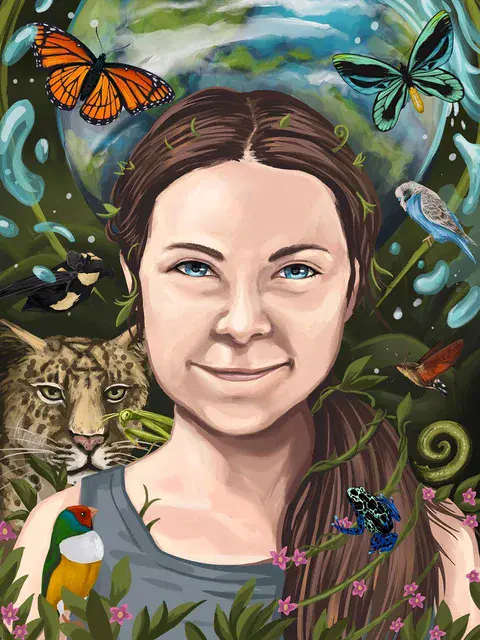
Exploring the Art-Science Interface & meeting vEGU21 Artist (not!) in Residence Kelly Stanford
In addition to the latest Earth, planetary, and space science research, vEGU21 is also featuring the contributions of four talented artists, who are sharing their artwork via social media (using the hashtag #EGUart). Kelly Stanford (@TheLabArtist) is a Manchester, UK-based science communicator and geography MSc student from the University of Hull’s Energy and Environment Institute who uses the visual arts to help scientists around the world communicate their work to the wider public. Her thesis is investigating how art and tabletop games can be used to enhance public understanding of flood risk, resilience, and climate-change topics. Kelly is creating a series of “Sci-portraits” (portraits that fuse the scientists with their research) of geoscientists participating in the meeting. She’s also helping to convene the hybrid research/art EOS session Exploring the Art-Science Interface, which aims to showcase research and art collaboration alongside one another.
EOS7.4: 9:00–12:30
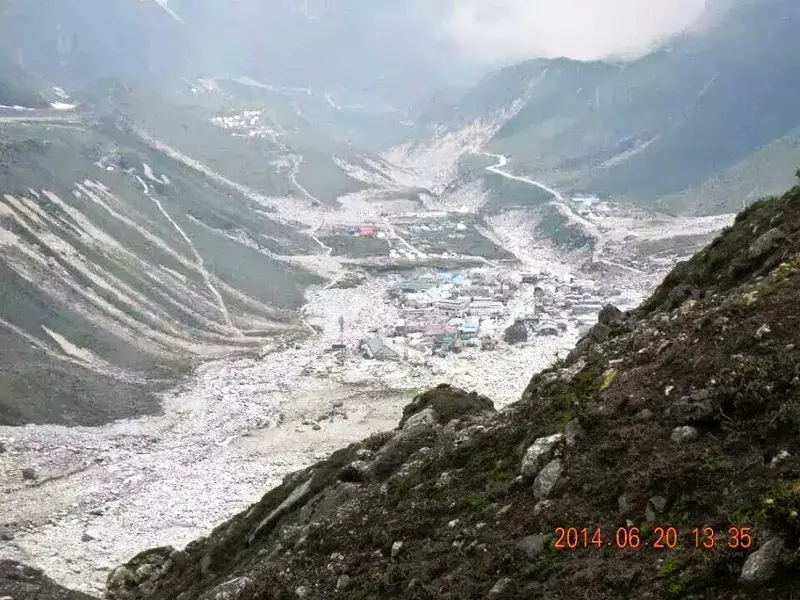
Late-breaking Session: Hazard cascades from source to sink – the Elliot Creek and Chamoli events
Two significant flow hazard cascades have been captured with unprecedented detail, with events in Elliot Creek and Bute Inlet (Canada) and the Chamoli and Uttarakhand (India) both occurring recently. These events have a suite of background observations and baseline datasets on which to contextually place and explore these flows in a depth and breadth of detail that is unprecedented, potentially unlocking new understanding of hazard cascades from source to sink. We include papers that are observational, analytical or modelling based in their approach, across a variety of temporal and spatial scales.
GM1.5: 13:30–15:00
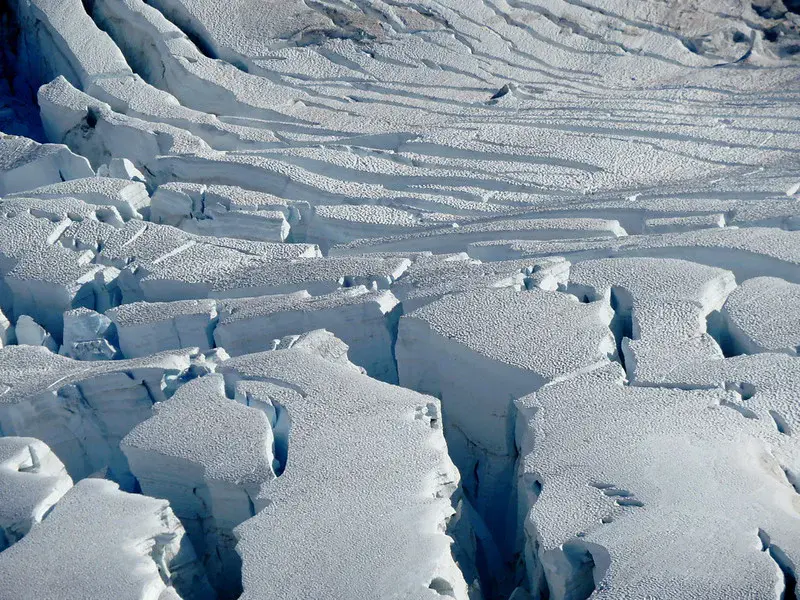
Modelling and measuring snow processes across scales
Snow cover is continuously evolving over a wide range of scales due to meteorological conditions, such as precipitation, wind, and radiation. Most processes occurring within the snow cover are primarily controlled by the microstructure of snow (e.g., density, specific surface area). In turn, snow metamorphism changes the microstructure, leading to feedback loops that affect snow hydrology, weather forecasting, climate modelling, and avalanche hazard forecasting or remote sensing of snow. This session is devoted to modelling and measuring snow processes in sessional and perennial snowpacks across a variety of scales.
CR5.1: 13:30–17:00
Geodynamics of plate convergences
Many new high-resolution geophysical and geological data have been acquired in recent years to better clarify the temporal and spatial evolution of mountain building and subduction processes. In this session, we’ll discuss the existing geodynamic processes and state-of-the-art studies of the oceanic to continental subduction processes. The aim is to better understand the geodynamics of plate convergence, the role of oceanic crust, and the transition between subduction and collision.
GD4.3: 13:30–15:00
Scaling, multifractals and nonlinear dynamics in the atmosphere, ocean, hydrosphere and solid Earth
Geoscience fields and time series show deterministic and stochastic fluctuations over a very large range of scales. This session focuses on methods, observations, and data analyses aiming to identify such scaling ranges and characterize them. We consider this scale and intermittency topic in the ocean, the atmosphere, the coupled atmosphere-ocean-climate system, in hydrology, and Earth sciences.
NP3.1: 14:15–15:00
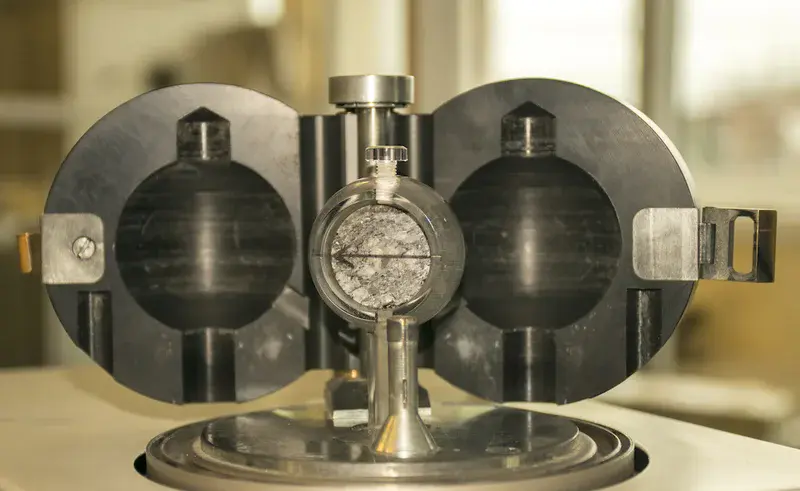
The short- and long-term variation of the Earth’s magnetic field: new data and models
Constraining the past geomagnetic field variation is fundamental for several geoscience disciplines. Despite recent efforts to improve both spatial and temporal coverages of palaeomagnetic data, records and palaeointensity, data are biased toward the last 10 ka and the northern latitudes. More data are still needed from underrepresented geographical areas and temporal intervals. This session will feature methodological advances, new directional and palaeointensity data, especially respecting the FAIR data management, as well as new palaeomagnetic reconstructions at local or global scales to better understand the past behaviour of the Earth’s magnetic field.
EMRP3.6: 13:30–14:15
Games for Geoscience
Games have the power to ignite imaginations and place you in someone else’s shoes or situation, often forcing you into making decisions from perspectives other than your own. This makes them powerful tools for communication, outreach, and education, and as a method to train the public, practitioners, and decision makers. In this session, we showcase studies that have used games, gaming technology, and/or game-based approaches in research, teaching, or public engagement activities. The session is supported by the legendary Games4Geo Games Night.
EOS7.5: 14:15–15:00
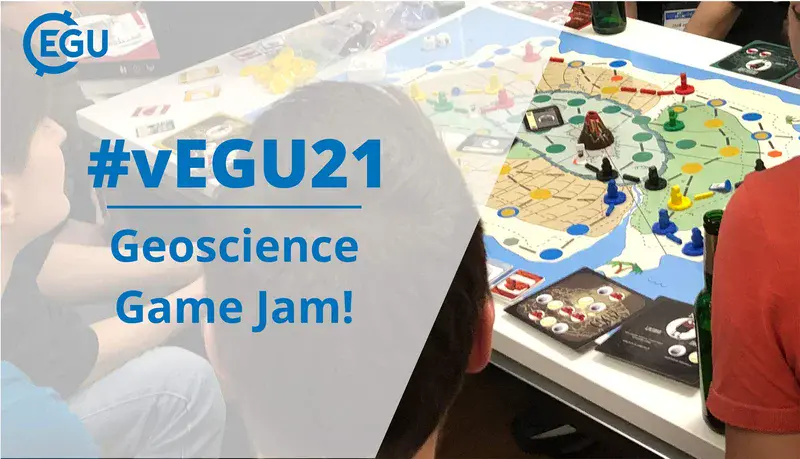
EGU Geoscience Games Night!
Join us for an evening playing games and socialising! There will be games of all kinds, such as card, board, roleplay, and video, and each game will have at least some link to the geosciences! This will also be your chance to play the games showcased in the Games for Geoscience science session. You are also welcome to bring your own game to play and share.
NET1: 17:30–19:00
About
EGU Today, the Union’s daily newsletter during the EGU General Assembly, helps keep you informed about what’s happening by highlighting sessions and events of broad interest from the programme. The newsletter, including previous issues, is available at https://www.egu.eu/egutoday/.
Unsubscribe via support@copernicus.org.
The Assembly Online
LinkedIn
Instagram
YouTube
Facebook
Mastodon
Bluesky
blogs.egu.eu, geolog.egu.eu
www.egu.eu